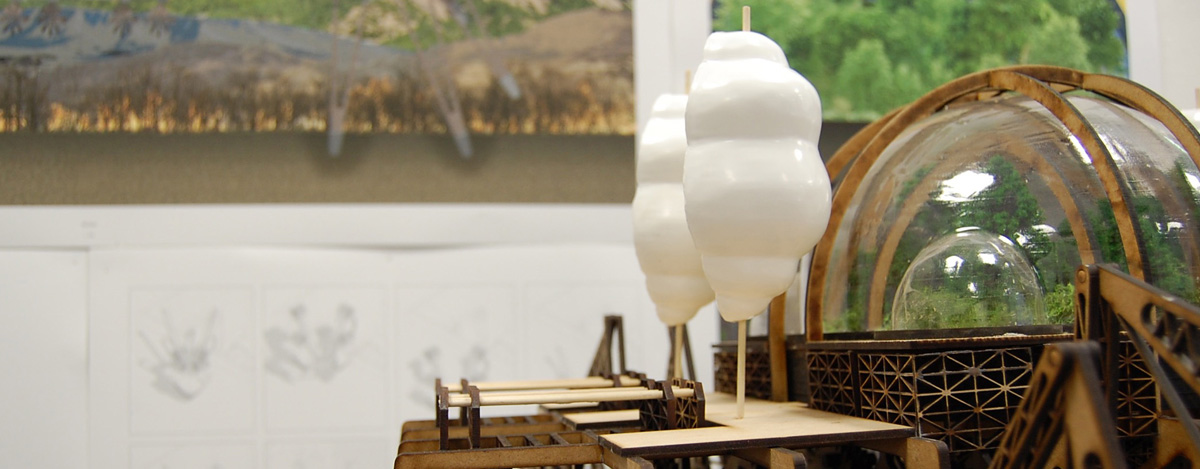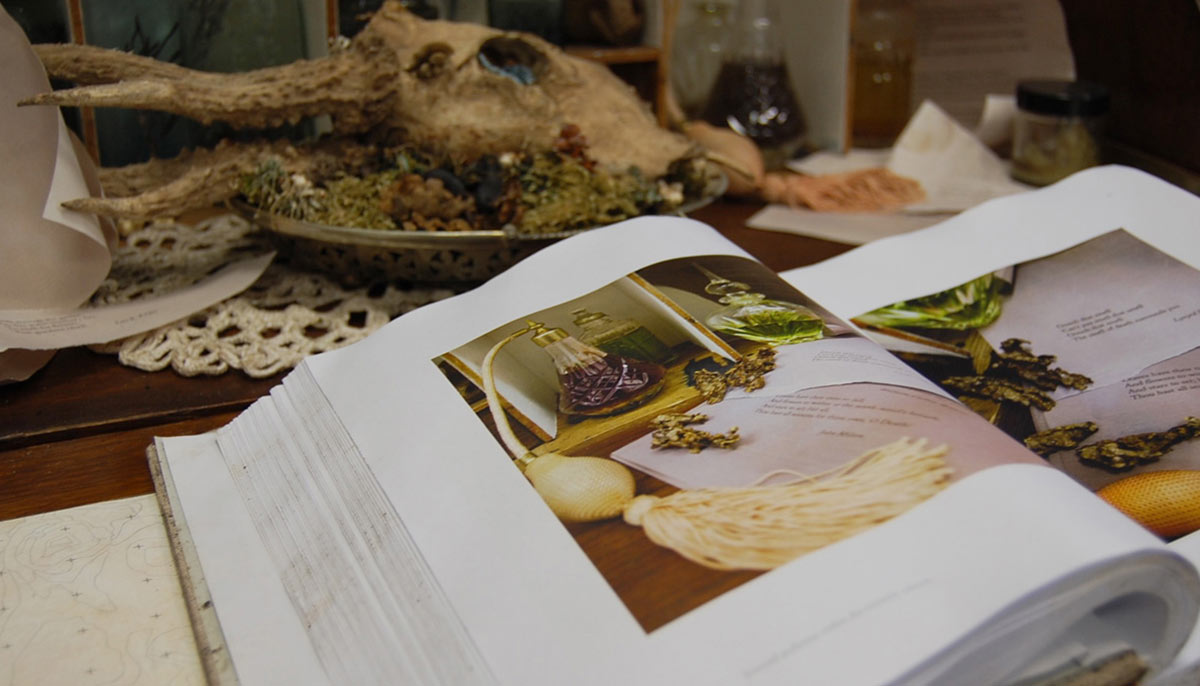Architecture Degree Show 2016
Architecture touches on all aspects of life
Published on: 8 June 2016
Visitors to this year’s Architecture Degree Show at Newcastle University are promised a rollercoaster ride from airside living to Zanzibar.
Surrounded by architecture
Visitors to this year’s Architecture Degree Show at Newcastle University are promised a rollercoaster ride from airside living to Zanzibar.
The Masters students’ work was conducted within one of five different studios: Border Territories, Matter, Zanzibar, Experimental Architecture and Landscapes of Human Endeavour.
Architecture influences our lives more than we realise: most of the time if we’re not in it then we’re surrounded by it, so it’s no surprise that this show touches on all aspects of human existence.

Turning architecture on its head
For some of the exhibits, you are invited to approach architecture in a totally different way – for example Greg Walton’s city on the ceiling, inspired by Walt Disney’s idea for Epcot as he lay on his death bed, which is best viewed while laying on a bed in the corner of the studio.
Greg’s work is part of the Landscapes of Human Endeavour studio, which centres around the theme of exploration. It explores architecture inspired by journeys, including those of the deep sea submersibles created by James Cameron for his expedition to Titanic; a CS Lewis-themed wardrobe that contains a proposal for a retreat set into a dam; and a giant spider-like vehicle that moves through the Amazon jungle.
There is also a project which places drone operators into real-life simulators designed to mimic the territories they are sending the drones into; a re-imaging of the British Museum; and an exploration of the world of the early mathematician Ada Lovelace through machine interventions.
In Matter, Matas Belevicius has taken the site of an old tar works in Walker and come up with a possible solution to the pollution issues which are causing local dog walkers to get headaches. By using mushrooms to biodegrade the site, they feed off the oil as they grow and break down the hydrocarbons, neutralising the waste material.
Also within this studio, Simon Baker looks at how a conference and retreat centre made of sand could be partially submerged in the dunes at Druridge Bay in Northumberland following open cast mining. Tackling environmental issues in the same county, Alyssia Booth looks at how to re-introduce a thriving oyster colony. By working with the effects of weathering rather than against it and installing structures that use an electric current to grow bio-rock, it will gradually build up a natural reef.
Real-life projects
One of the strengths of the Newcastle architecture programme is links to real-life projects and partners, which is particularly evident in the Zanizbar studio, where students have taken on everything from creating a de-salinating aqueduct to building a maternity hospital. With many projects working around a World Heritage Site, it’s a delicate balance between economic development and cultural and environmental issues, while students need to remain sensitive to enabling local people rather than simply intervening.
“It’s not only about producing work that satisfies the requirements of professional accreditation – it’s also about having an ability to think creatively around a problem,” says Prof Adam Sharr. “It’s an architect’s job to not only provide the solution but also to often work with the client to re-think the problem as well and look at it in a different way.”
In Experimental Architecture, the emphasis is on using synthetic biology to not just to repair concrete, but also to create buildings. From death masks made from cremated ash that are placed on a wooden frame in Venice and calcify over thousands of years to become rock, to pod ‘coffins’ that eventually calcify to form new land, the work in this studio focuses on dealing with big issues of life and death and how we approach our long term future.
Redefining borders
Border territories is dealing with some very topical issues, especially for the North East. “Newcastle might soon become a border town again,” says Prof Sharr. “Straddling the line of Hadrian’s Wall, the northern extent of the Roman empire 2,000 years ago, it may find itself once more at the frontier of Europe if Britain votes to leave the EU and the Scots then vote to leave Britain. It’s an ideal time to think about what borders actually mean to people.”
One of the students tackling this big issue is Ewan Thomson, who has designed an entire ‘airside city’ around the perimeter of Newcastle Airport which mimics the shape of the original city walls. Residents of the nine storey high building live permanently through security and it brings challenges as well as the obvious benefits of never having to stand in a line for security again.
Ewan has gone into the smallest detail, such as the flats being decorated with sticky vinyls as paint would not be allowed through. “It would appeal to regular commuters, retirees who like to travel and also those who are a bit paranoid about security generally – you couldn’t find a safer place to live,” explains Prof Sharr.
Other projects within this studio include a ‘cemetery for artworks’ in Campione d’Italia, a real-life Italian exclave within Switzerland, a tax haven home to the biggest casino in Europe. Jack Scaffardi looks at how some art has become just another commodity, hidden away from the general public by those who can afford it. Thierry Neu is looking at psychological borders in the form of risk, taking the health and safety aspects of the building regulations and introducing a little bit of ‘mild peril’ into the design of our public spaces, arguing that we have become de-sensitised to our environment.
The architecture programmes at Newcastle University are among the best in the Europe, recognised by national league tables and the School is rated in the World’s Top 100. Its graduates are popular with prestigious practices because of their ability both to think imaginatively and produce practical, buildable solutions to problems.
The Architecture Degree Show runs from 17th June until until 15th July 2016 at The Architecture Building, The Quadrangle, Newcastle University, NE1 7RU. It then moves to Dog Eared Film Studios, 25-28 Field Street, London, WC1 X9DA from 22-26th July 2016.






